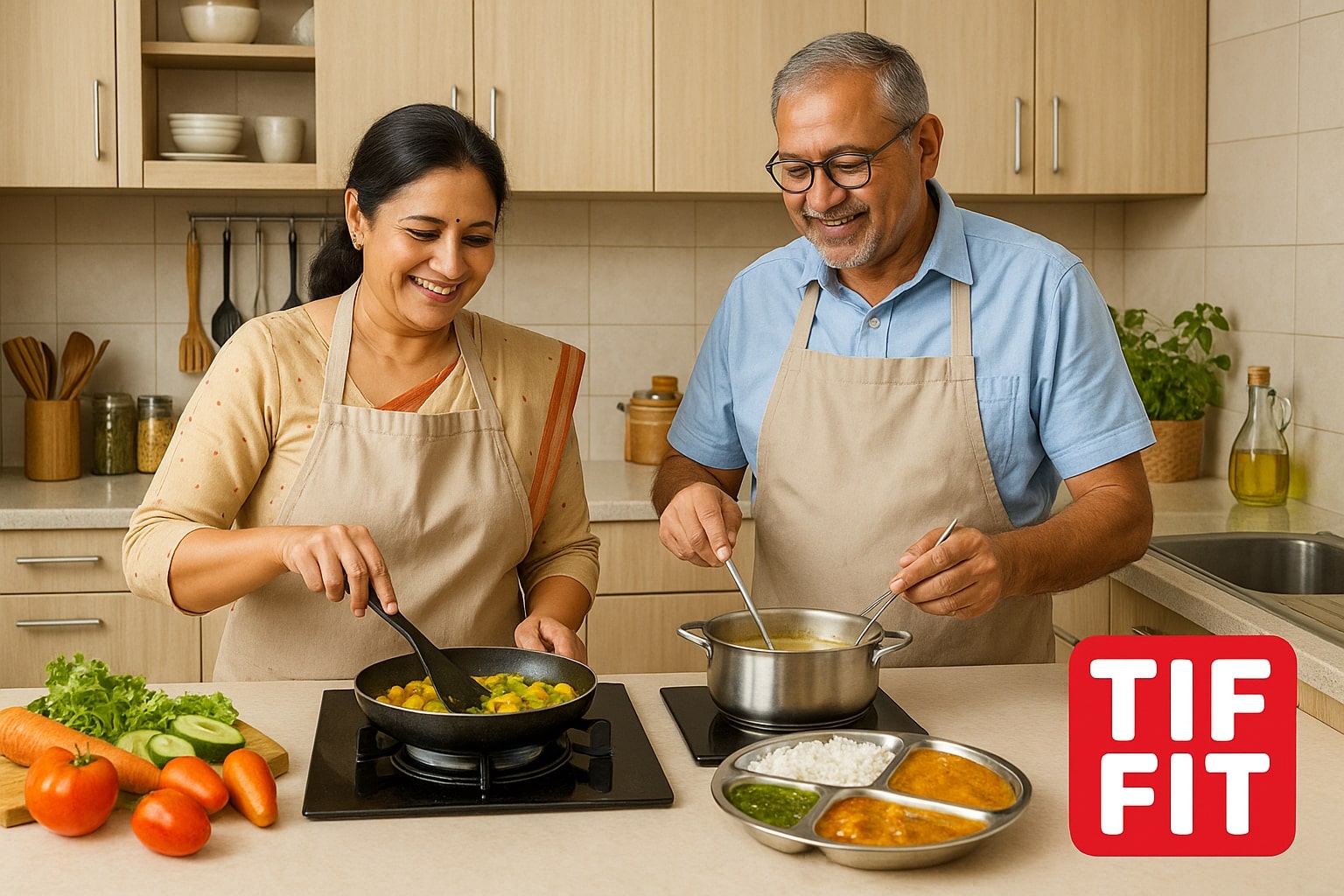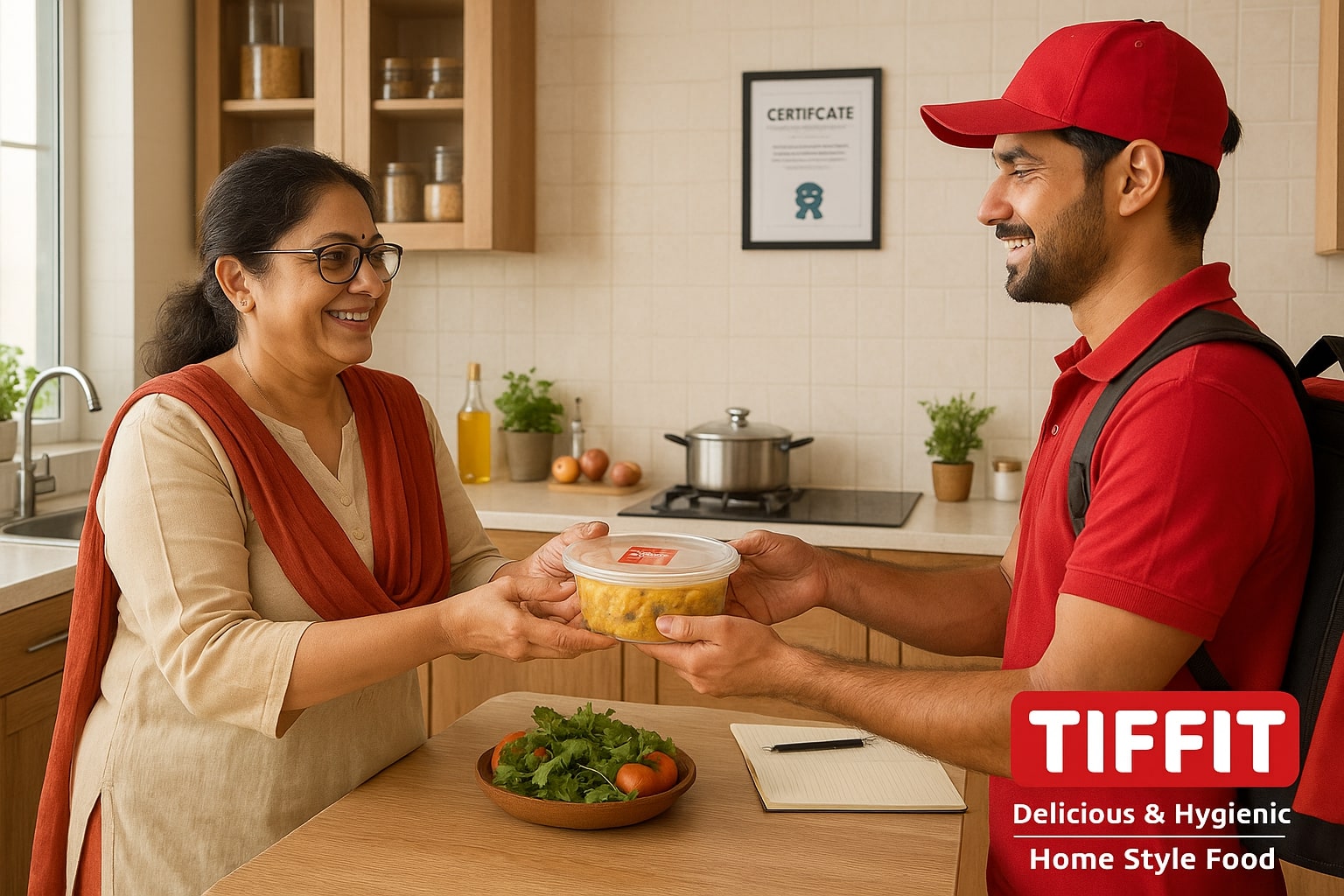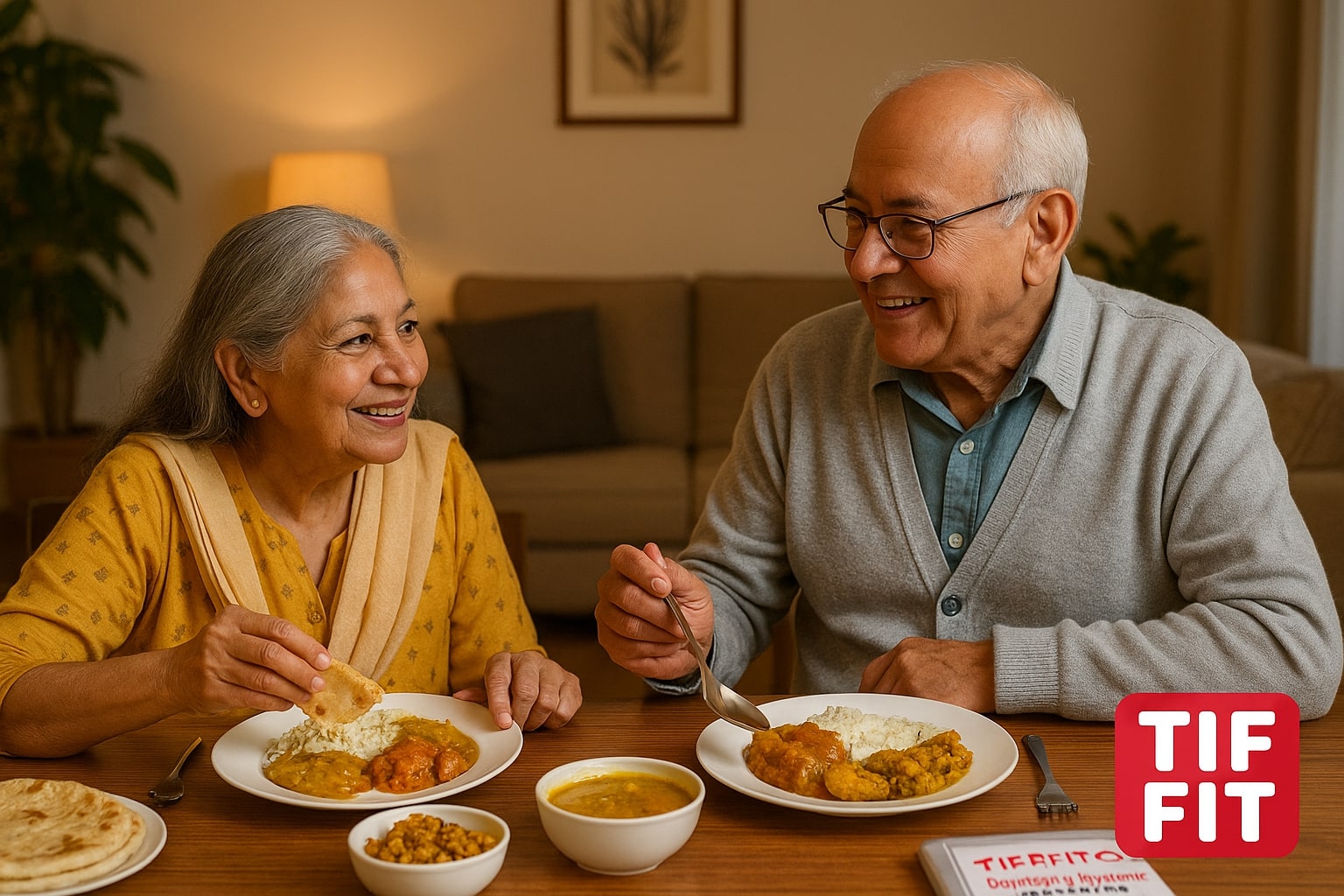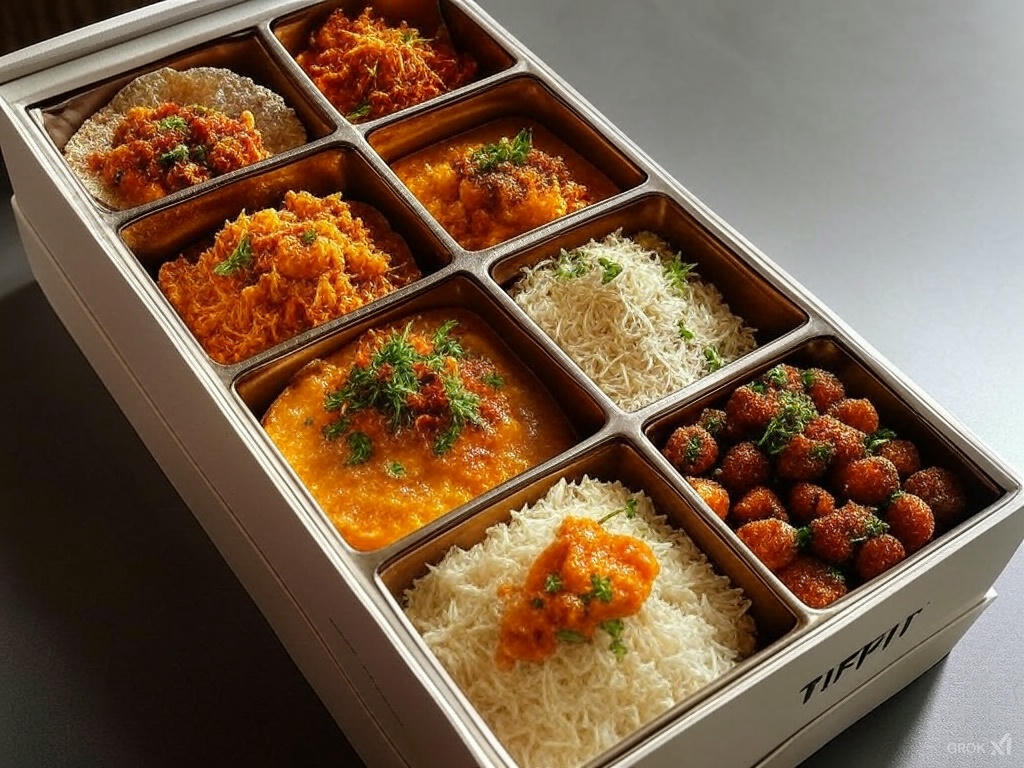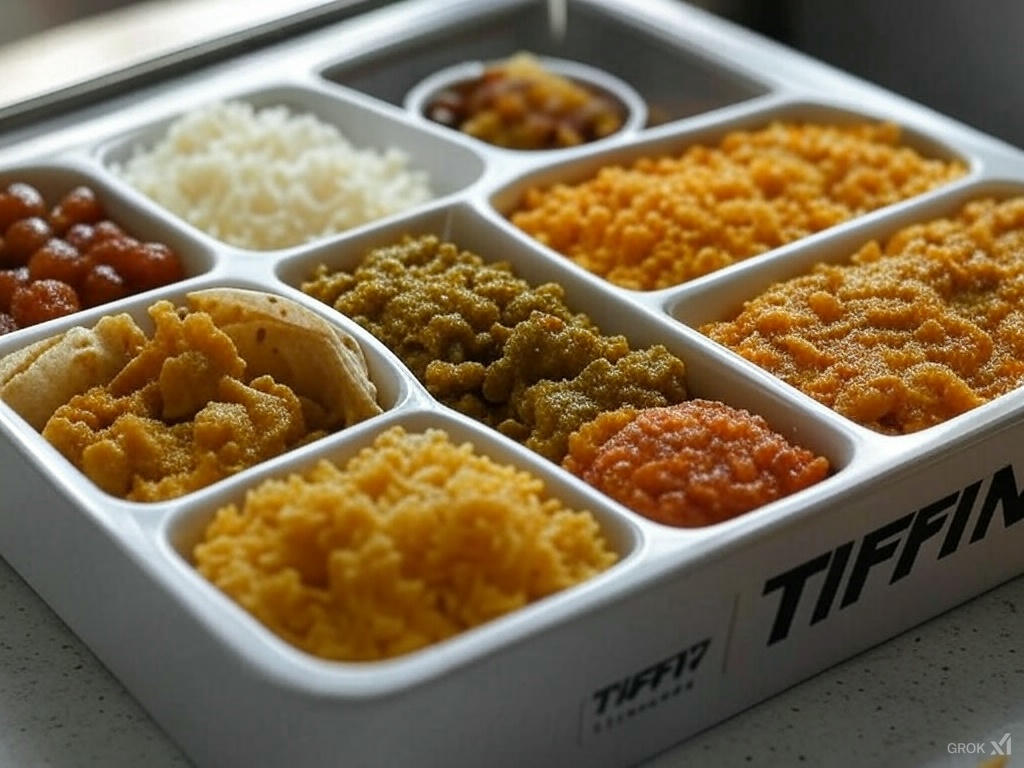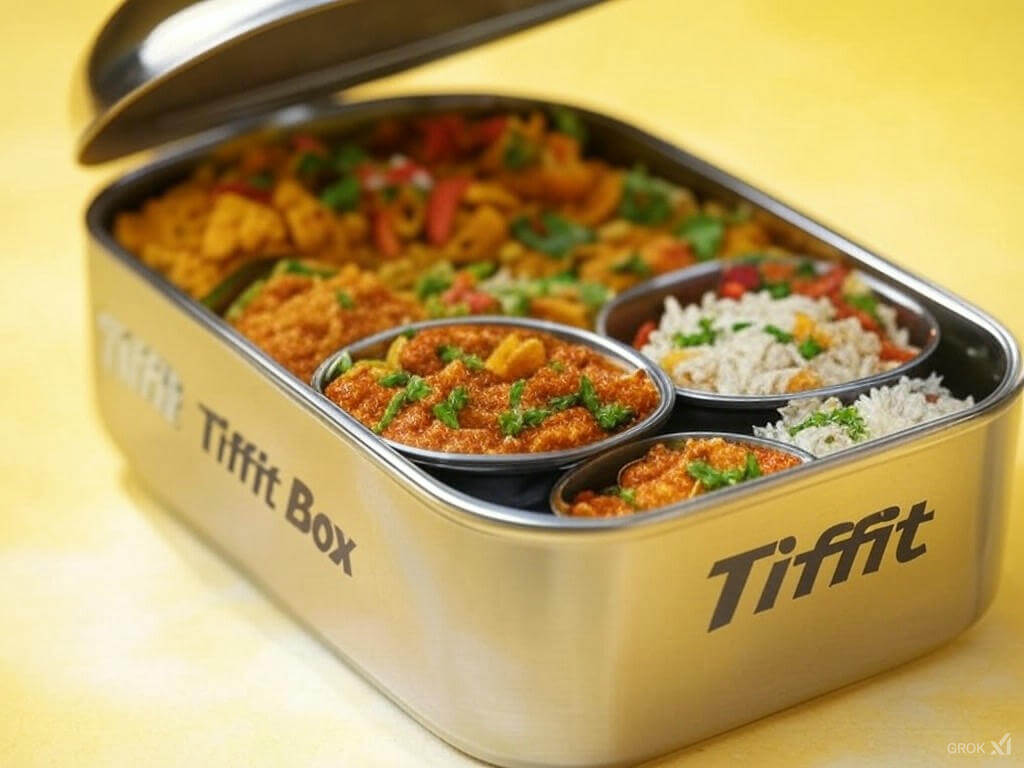Food made at home is not just a regular process in Indian households, it is a sacred thing as people feel blessed to have food on their plates. It doesn’t shout for attention, it whispers comfort. A pinch of haldi here, a tadka with love there, and suddenly you have a meal that doesn’t just fill your stomach, it makes you feel complete.
And if you’ve ever had someone say, “You should really sell your food,” after tasting your rajma or your Sunday chicken curry, this one’s for you.
This is your guide on how to deliver home made food online, and yes, how to start your homemade food delivery business in India without racking your brain about the regulations, platforms, and kitchen panic.
Key Takeaways: What You Need to Start If you're short on time (or patience), here’s the cheat sheet:
Register your business and get an FSSAI license
Set up a clean, safe home kitchen
Decide your menu (don’t overdo it)
Choose your delivery method, Tiffit, self-delivery, or local tie-ups
Package food well (and warmly)
Promote through people, not just platforms
Stay consistent. That’s your secret sauce.
Still here? Good. Let’s unpack this properly.
Why Homemade Food Delivery Is Booming
You’d think with hundreds of restaurants on apps, nobody would need home-cooked food. But the truth? Most people are exhausted by greasy takeout, by same-old menus, by food that looks good but feels, well, empty.
What people want is real food. Ghar ka khana. Ghar jaisa khana. And not everyone has the luxury (or the time) to make it every day.
That’s where you come in.
Read more about - The Rise of Home Chefs: Business Models, Challenges, and Success Tips
If your kitchen is your happy place, and you can cook with heart and hygiene, there’s a market waiting for you. People working late. Students are living far from home. Elderly couples find it tough to stand in the kitchen for long hours as they lack energy. You’re not just feeding them, you’re looking after them.
Step 1: Register Your Business and Get an FSSAI License
Now, before you pack that first dabba, let’s get the boring-but-essential stuff out of the way.
Yes, you need an FSSAI registration even if you're cooking from home. It’s easier than it sounds. Go to foscos.fssai.gov.in, choose "Basic Registration" (if your annual turnover is under ₹12 lakh), upload your ID, address proof, a passport-size photo, and your kitchen photo, and you're on your way.
You can also get an MSME/Udyam registration if you want to look a bit more official later, or apply for a current account. Not necessary at the start, but nice to have.
Step 2: Set Up a Safe and Hygienic Kitchen
You don’t need a modular kitchen or a dozen gadgets. But you do need to keep it clean. Really clean. That means:
Separate areas for raw and cooked food
Covered bins, food-grade containers
Clean aprons and hairnets (yes, even if you’re home)
Daily sanitising of counters and utensils
Pretend an influential personality is coming over for a surprise inspection, that level of clean.
Step 3: Decide on Your Menu (and Keep It Simple)
Start with 3–5 dishes you know inside out. Your signature rajma-chawal, maybe. Or your killer aloo paratha. Or that soft-spoken chicken curry that wins hearts quietly.
Resist the urge to do everything at once. Trust me, people love consistency more than variety.
Also, be mindful of shelf life, spice levels, and packaging ease. You want food that travels well and still feels like home when it arrives.
Step 4: Packaging Isn’t Just Functional, It’s Emotional
'First impression is the last Impression', It may sound like a hackneyed expression, but the truth is: People eat with their eyes first, but their trust comes from what they touch.
Use:
Sturdy, leak-proof containers
Paper seals or brand stickers (even hand-written notes go a long way)
Eco-friendly packaging: If you can manage it, folks will appreciate the effort
Label everything. Even if it’s obvious to you, it’s helpful for someone juggling calls and lunch at once.
Step 5: How to Deliver Homemade Food
Wondering how to deliver homemade food without losing your mind?
You have three real options:
Self-Delivery: Good for close-by orders. Use Dunzo/Porter if needed.
Aggregator Apps (Zomato/Swiggy): Hard to get listed as a home chef, high commission, not always hygiene-friendly.
Tiffit: This one’s made for you. It’s built specifically for home chefs, not restaurants. Clean kitchens. Real food. Real people. And an audience that wants ghar ka khana.
Honestly, if you’re starting out and want a platform that respects home cooking, Tiffit is worth looking into.
Step 6: Spread the Word (Without Sounding Salesy)
Start with your building’s WhatsApp group. Then your school friends’ group. Then your cousins group.
Send photos of your meals (real ones, not stock pics)
Share reviews and repeat orders
Run “first meal free” or “5-day trial” offer
Instagram helps too. You don’t need to be an influencer. Just be you. The taste and quality of your food will do the marketing.
Step 7: Serve. Listen. Repeat.
You’ll have days when orders cancel. Or when someone says “It was too salty.” It stings, yes. But it’s also gold. Feedback = improvements.
Be responsive. Take notes. Your first five loyal customers will build your base, and soon, someone you’ve never met will say, “I heard your food is really good.”
FAQs - Because You’ll Have Questions
Can I start selling without a license?
Not legally. Start the FSSAI process right away, it’s affordable and essential.
Do I need to pay GST?
Only if your turnover crosses ₹20 lakh. Until then, you're good.
Is it legal to sell home food online?
Yes, if you’re registered and follow basic hygiene guidelines.
What if I don’t want to cook every day?
You can list only certain days or meals. Many chefs do weekend-only menus.
Final Thoughts
You’re not just starting a business. You’re starting a kitchen that feeds hearts and homes. In a world of fast food and faster lives, your home made food will help people slow down a little, and enjoy healthy eating every day.
So if you’re wondering how to start your homemade food delivery business in India, this is it. Do not run after perfection, it takes time. However, focus on the right intention and purpose.
And if you ever need help reaching the right people, Tiffit is here to support you, not just as a platform, but as a partner. Download the Tiffit app or sign up as a home chef today. Let’s take your kitchen to new places.





